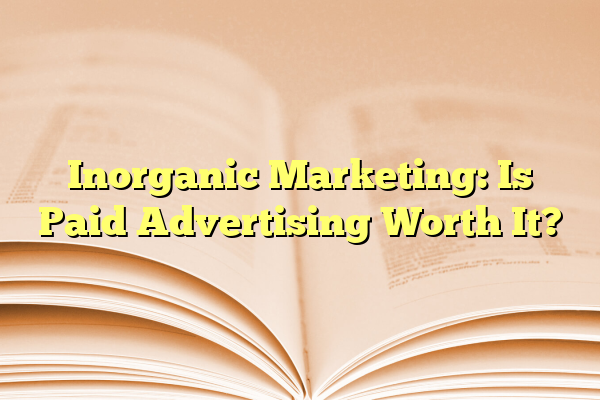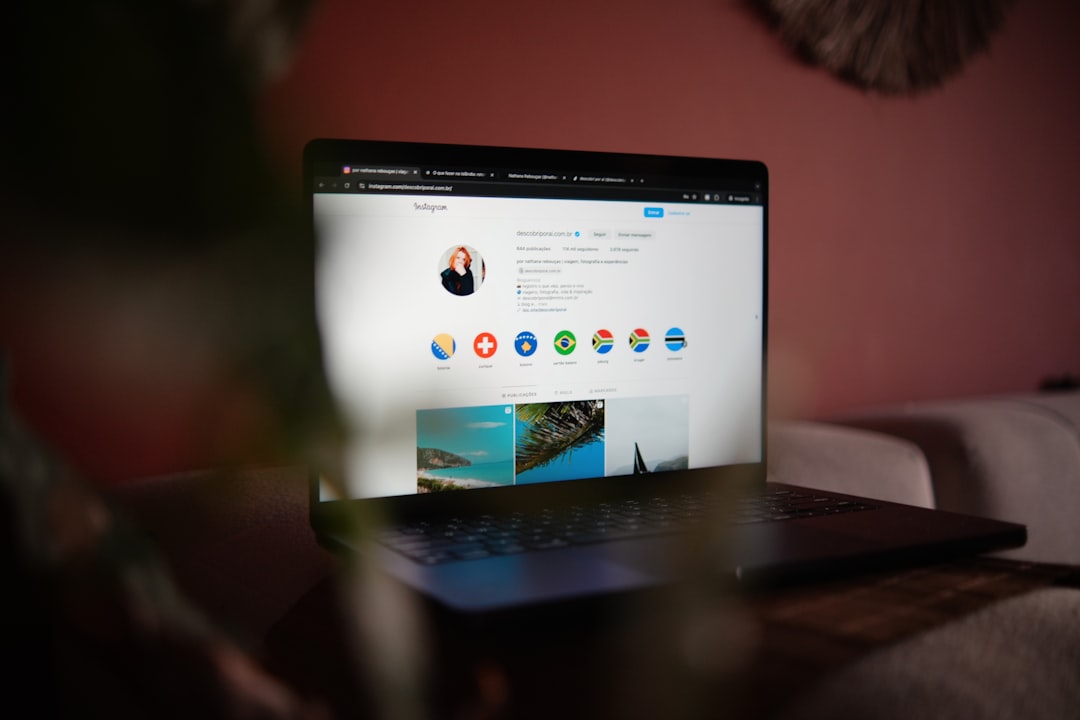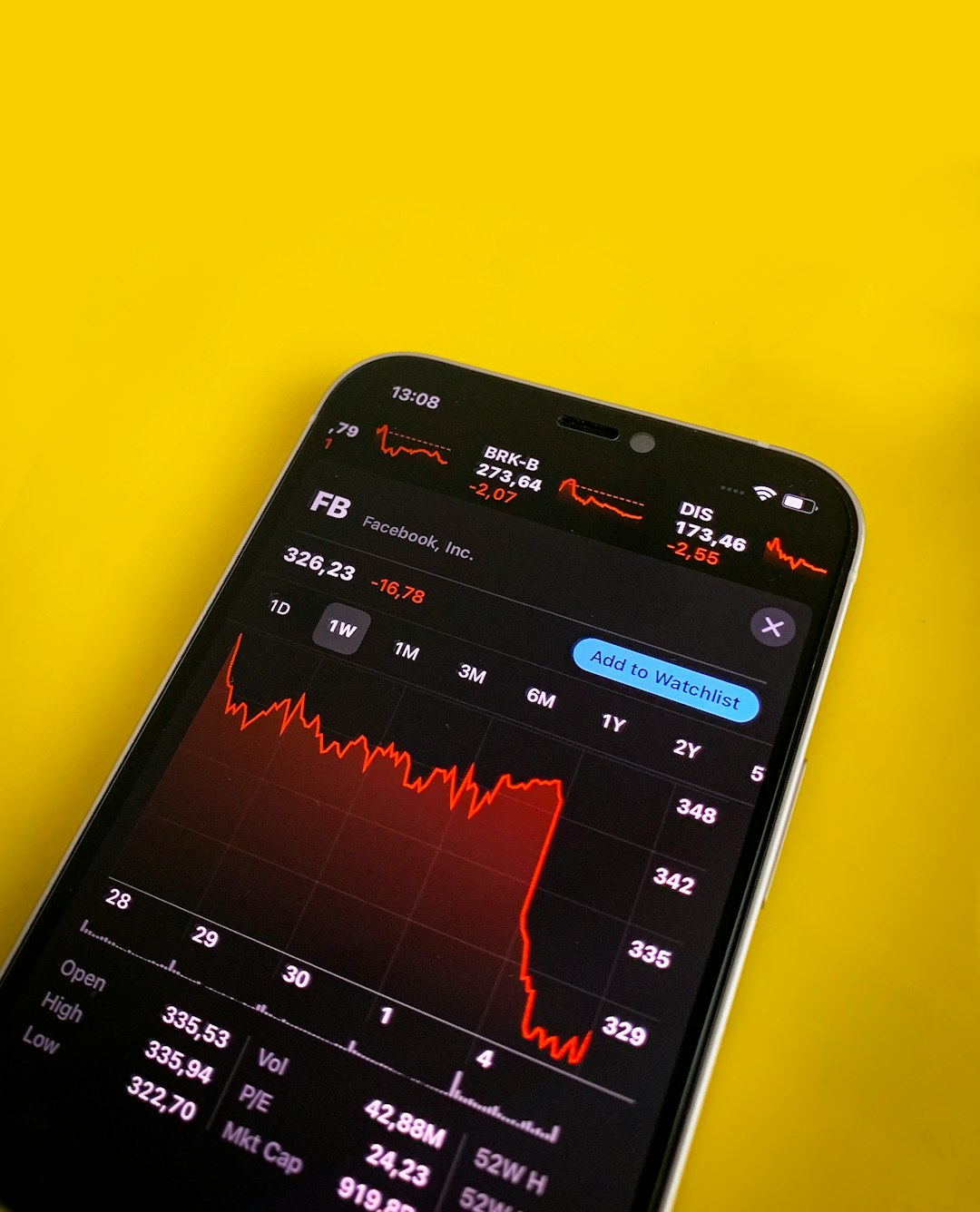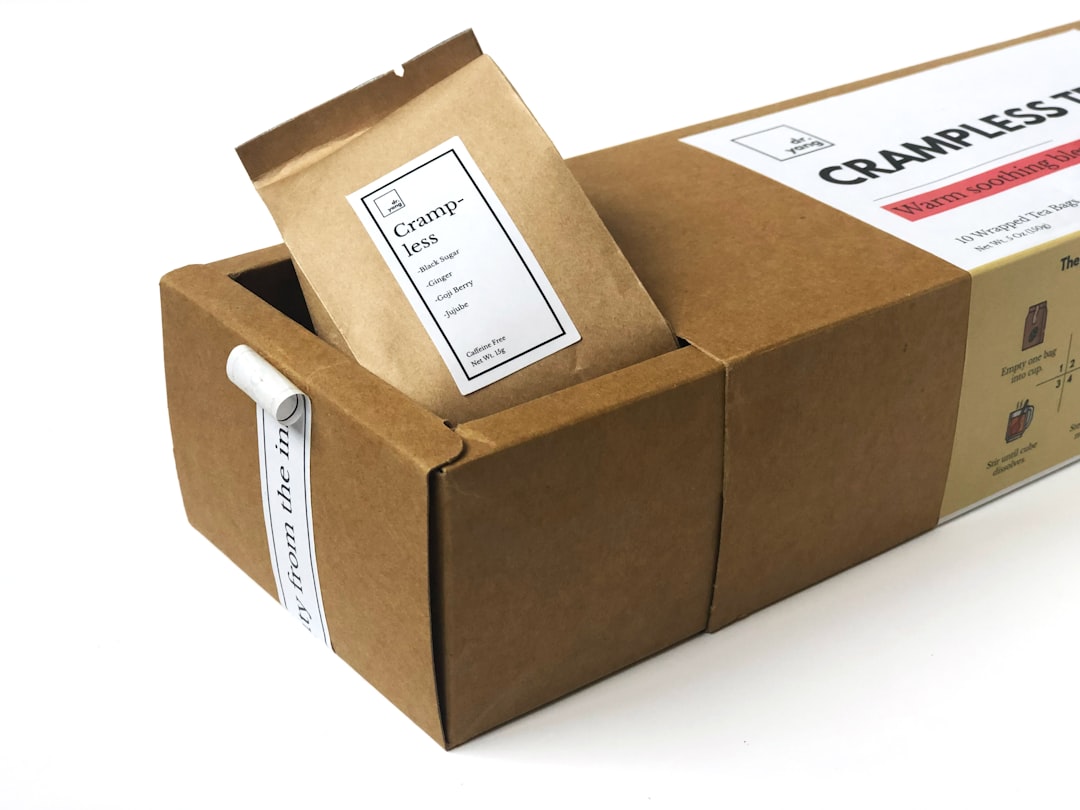
Inorganic Marketing: Is Paid Advertising Worth It?
In an increasingly competitive digital landscape, businesses are constantly seeking effective strategies to boost visibility and drive conversions. One of the most debated tools in the marketer’s arsenal is inorganic marketing, often referred to as paid advertising. While organic methods like search engine optimization (SEO) and content marketing focus on building long-term connections with users, inorganic marketing offers quick reach and measurable results. But the real question remains: Is paid advertising truly worth the investment?
Contents
Understanding Inorganic Marketing
Inorganic marketing comprises all marketing efforts that require monetary investment to reach an audience. This includes:
- Search engine marketing (SEM), such as Google Ads
- Social media ads on platforms like Facebook, Instagram, and LinkedIn
- Display advertising through banner ads and partner websites
- Influencer partnerships where monetary compensation is involved
What makes these methods “inorganic” is that they do not rely on natural search rankings or unpaid reach. Instead, they allow companies to get in front of a targeted audience—for a price.

The Advantages of Paid Advertising
There are clear advantages that make paid advertising a central strategy for many well-performing brands:
- Immediate Results: Unlike SEO, which may take months to show results, paid ads can deliver traffic and leads almost instantly once your campaign is live.
- Highly Targeted Reach: Platforms like Google and Facebook allow segmentation by demographics, interests, behavior, and even device usage, meaning your ads are seen by those most likely to convert.
- Scalability: Campaigns can be scaled up or down at will, offering flexible budget management and experimentation.
- Comprehensive Analytics: Paid advertising provides detailed performance data, making it easier to measure ROI and adjust strategies in real time.
Inorganic marketing is particularly useful for product launches, time-sensitive promotions, or when attempting to break into new markets.
The Limitations and Risks
Despite its many advantages, paid advertising is not without its downsides. Understanding these limitations is crucial before making a significant investment:
- Costs Can Escalate: Without proper oversight, campaigns can quickly exceed budgets, especially in competitive industries with high cost-per-click (CPC) rates.
- Temporary Visibility: The moment you stop funding a paid campaign, visibility tends to vanish. Unlike organic efforts, there’s no lasting presence.
- Ad Fatigue: Users are exposed to countless ads daily. Poorly designed or overly repetitive ads may reduce engagement or even damage brand perception.
- Complex Optimization: Effective paid advertising requires expertise in keyword research, audience targeting, landing page design, and performance tracking. It’s not a “set-and-forget” solution.

Finding the Right Balance
Paid advertising should never be viewed in isolation. Instead, it complements other aspects of a comprehensive marketing strategy. A healthy balance between organic and inorganic methods can often produce the best results. For example, running a Google Ads campaign alongside an SEO strategy maximizes both immediate reach and long-term growth.
Here are a few best practices for integrating inorganic marketing into your broader strategy:
- Set Clear Goals: Define what success looks like—whether it’s sales, lead generation, or brand exposure—before allocating a budget.
- Test and Iterate: A/B test ad copy, visuals, and calls to action to continuously improve campaign effectiveness.
- Use Landing Pages: Directing users to specific landing pages tailored to your ads improves the chance of conversion.
- Monitor Continuously: Use platforms like Google Analytics and Meta Ads Manager to track ROI and make data-driven decisions.
Is It Worth It?
The value of paid advertising depends on various factors such as industry, goals, target audience, and budget constraints. For some businesses—like e-commerce stores with high-margin products—the return on investment can be immediate and substantial. For others, especially those in low-margin or highly regulated sectors, the results may justify only a limited role for inorganic strategies.
Ultimately, paid advertising is worth it when executed thoughtfully and strategically. It’s not a silver bullet but a powerful component of a balanced marketing approach. With proper planning, testing, and optimization, inorganic marketing can not only generate short-term results but also inform and enhance long-term strategy.

In conclusion, while organic growth builds trust and long-term value, inorganic marketing offers speed, precision, and scalability. For businesses that understand its dynamics and approach it with a sharpened strategy, paid advertising is not just worth it—it can be indispensable.
